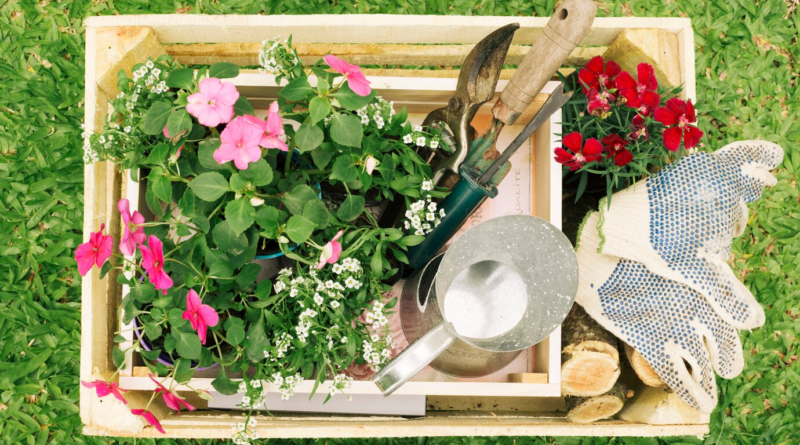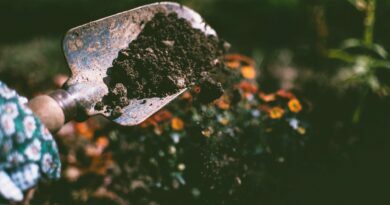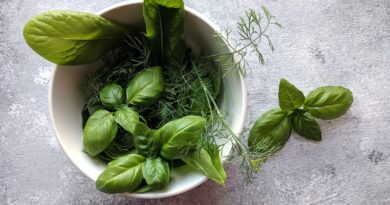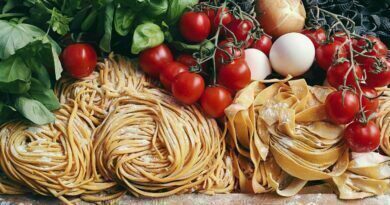July Tasks On Your Allotment: A Complete Guide
As an experienced allotment owner, July is one of the most rewarding months of the year. The warm weather and long days provide the perfect conditions for both planting and harvesting. However, there’s a lot to keep on top of to ensure your allotment remains productive and healthy. Here’s a comprehensive guide to the essential tasks you should be tackling this month.
Harvesting: Reaping the Rewards
Key Crops to Harvest:
- Potatoes: Early varieties should be ready for lifting. Dig them up carefully to avoid damaging the tubers.
- Carrots: Sweet and crunchy, perfect for salads.
- Beans and Peas: Pick regularly to encourage further production.
- Summer Fruits: Strawberries, raspberries, and gooseberries should be in full swing.
Tips for Harvesting:
- Harvest in the morning when temperatures are cooler to maintain freshness.
- Use sharp scissors or knives to avoid damaging plants.
- Store your produce properly to maximise its shelf life.
Harvesting is one of the most satisfying tasks on the allotment. The fruits (and vegetables) of your labour are finally ready to be enjoyed. Early potatoes should be ready this month. Gently dig them up, taking care not to damage the tubers. Freshly dug potatoes have a flavour that’s hard to beat.
Carrots, too, are ready to be pulled. Carrots are sweetest when young, so don’t leave them in the ground too long. Pick them as needed and enjoy them fresh from the soil.
Beans and peas are at their peak in July. Regular picking encourages the plants to produce more, so make sure to check them frequently. A tip for harvesting beans and peas is to use two hands – one to hold the stem and the other to pull the pod. This helps to avoid damaging the plant.
Summer fruits such as strawberries, raspberries, and gooseberries are abundant now. Pick them regularly to enjoy at their best. Use any surplus to make jams or freeze them for later use.
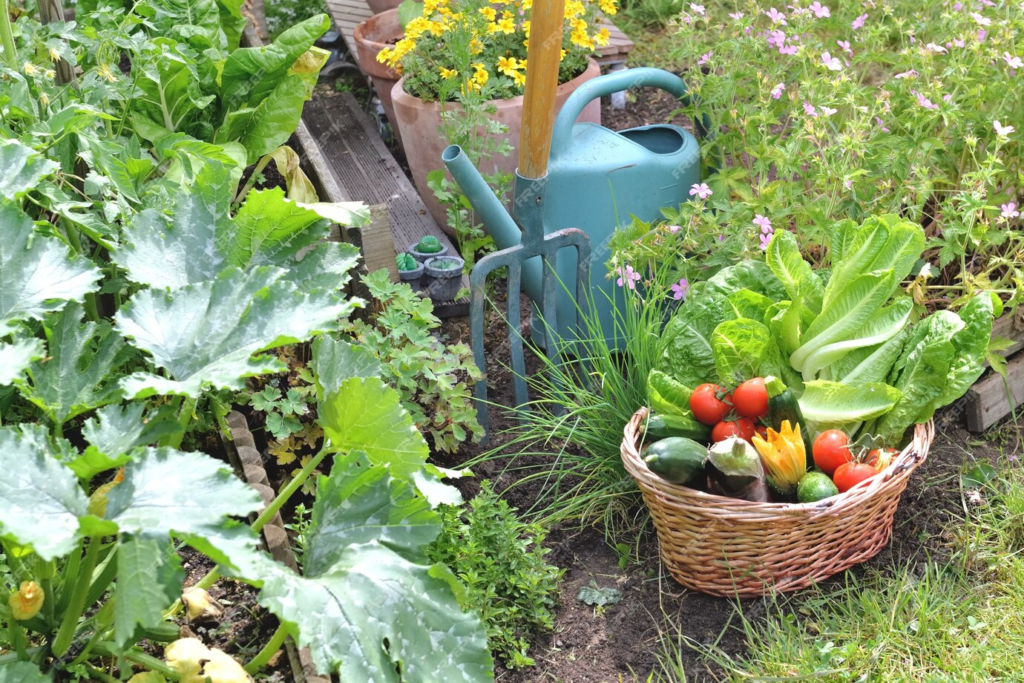
Watering: Quenching the Thirst
Best Practices:
- Early Morning or Late Evening: Watering during these times reduces evaporation and helps prevent fungal diseases.
- Deep Watering: Ensure water reaches the root zone. Use a soaker hose or drip irrigation system for efficiency.
- Mulching: Apply mulch around plants to retain moisture and suppress weeds.
Signs of Underwatering:
- Wilting leaves
- Dry soil an inch below the surface
- Slowed growth
Watering is crucial during the hot months. Early morning or late evening watering reduces water loss through evaporation and helps prevent fungal diseases. Aim to water the soil, not the plant, as wet leaves can lead to mildew and other diseases.
Deep watering is more effective than frequent, shallow watering. It encourages roots to grow deeper into the soil, making the plants more drought-resistant. A soaker hose or drip irrigation system can be a good investment for efficient watering.
Mulching helps to retain moisture in the soil and suppress weeds. Apply a thick layer of organic mulch, such as straw or grass clippings, around your plants.
Keep an eye out for signs of underwatering. Wilting leaves, dry soil an inch below the surface, and slowed growth are all indicators that your plants need more water.
Weeding: Keeping Pests at Bay
Effective Weeding Techniques:
- Regular Weeding: Stay on top of weeds to prevent them from setting seed.
- Use a Hoe: A hoe is an effective tool for dealing with weeds, especially on larger plots.
- Mulch: As well as retaining moisture, mulch helps to suppress weeds.
Weeds compete with your plants for water, nutrients, and light. Regular weeding is essential to keep them under control. It’s easier to pull weeds when the soil is moist, so after watering is a good time.
A hoe is a useful tool for weeding, particularly on larger plots. Use it to slice off weeds at the soil level. Be careful not to damage your plants’ roots.
Mulch not only helps to retain moisture but also suppresses weeds. A thick layer of mulch can smother weeds and prevent them from taking hold.

Feeding: Boosting Plant Health
Feeding Tips:
- Compost Tea: A nutrient-rich liquid feed made from steeping compost in water.
- Fish, Blood, and Bone: A balanced fertiliser that provides essential nutrients.
- Tomato Feed: High in potassium, ideal for fruiting plants.
July is a good time to give your plants a nutrient boost. A liquid feed, such as compost tea, provides a quick shot of nutrients. To make compost tea, steep a bag of compost in water for a few days, then strain and use the liquid to water your plants.
Fish, blood, and bone is a balanced fertiliser that provides essential nutrients. It’s particularly good for root crops like carrots and potatoes.
Tomato feed is high in potassium, which is essential for fruiting plants. Use it on tomatoes, peppers, and cucumbers to encourage healthy fruit development.
Pruning: Maintaining Plant Shape
Pruning Tasks:
- Tomatoes: Pinch out side shoots to encourage a single main stem.
- Summer Raspberries: Cut back fruited canes to ground level after harvesting.
- Fruit Trees: Thin out crowded branches to improve air circulation.
Pruning helps to maintain plant shape and health. For tomatoes, pinch out side shoots to encourage a single main stem. This helps to direct the plant’s energy into producing fruit rather than foliage.
After harvesting summer raspberries, cut back the fruited canes to ground level. This encourages new growth for next year’s crop.
Fruit trees may need some summer pruning to thin out crowded branches. This improves air circulation and reduces the risk of fungal diseases.
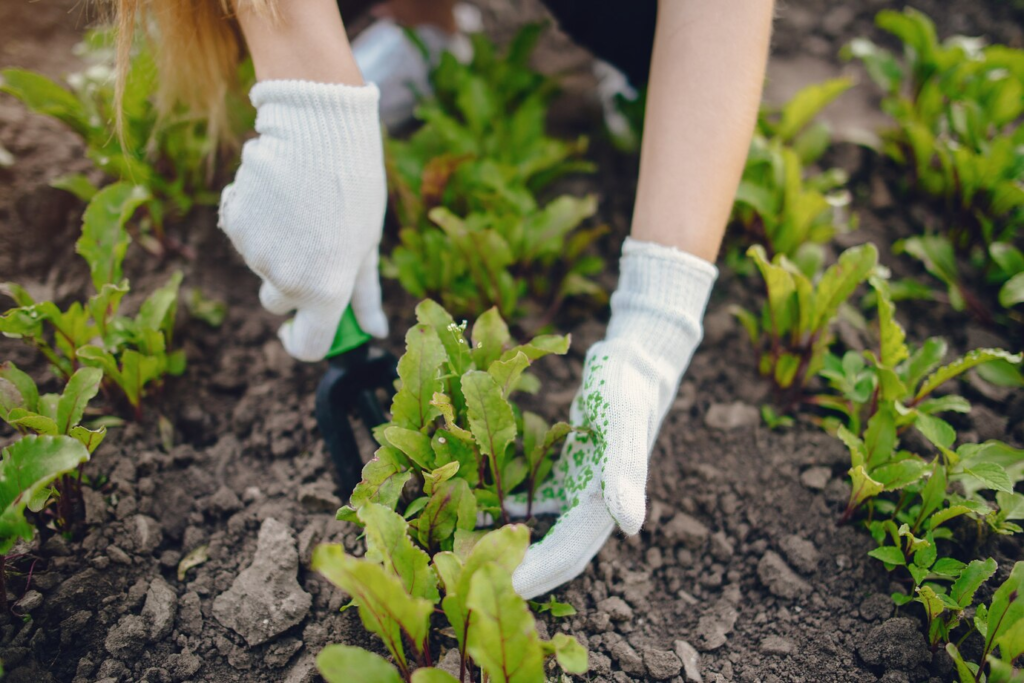
Sowing and Planting: Preparing for Future Harvests
Sowing Tips:
- Succession Sowing: Sow small batches every few weeks to ensure a continuous harvest.
- Late Crops: Sow late varieties of carrots, beetroot, and lettuce for an autumn harvest.
- Green Manures: Sow green manures to improve soil fertility and structure.
July is a good time for succession sowing. Sow small batches of fast-growing crops like lettuce, radishes, and spinach every few weeks to ensure a continuous harvest.
You can also sow late varieties of carrots, beetroot, and lettuce for an autumn harvest. These crops can be harvested in late autumn or even early winter.
Green manures are a great way to improve soil fertility and structure. Sow green manures such as clover or mustard on any empty patches of soil. They help to suppress weeds and add organic matter to the soil when dug in.
Pest Control: Protecting Your Crops
Pest Control Tips:
- Netting: Use netting to protect brassicas from cabbage white butterflies and birds.
- Slug Traps: Set traps for slugs and snails, particularly around young plants.
- Companion Planting: Planting marigolds with tomatoes can help to deter whiteflies.
Pests can be a problem at this time of year. Use netting to protect brassicas from cabbage white butterflies and birds. Make sure the netting is securely fastened to prevent pests from getting underneath.
Slugs and snails can be a particular nuisance, especially around young plants. Set traps using beer or grapefruit halves to attract and catch them.
Companion planting can help to deter pests. For example, planting marigolds with tomatoes can help to deter whiteflies.

General Maintenance: Keeping Everything in Check
General Maintenance Tips:
- Staking: Support tall plants like tomatoes and beans with stakes or canes.
- Tidying: Keep paths clear and tidy to reduce the risk of disease and make working on your plot easier.
- Tool Care: Clean and sharpen your tools regularly to keep them in good working order.
Regular maintenance tasks are essential to keep your allotment running smoothly. Tall plants like tomatoes and beans need support. Use stakes or canes to keep them upright and prevent them from falling over.
Keep paths clear and tidy to reduce the risk of disease and make it easier to move around your plot. Remove any dead or diseased plant material promptly.
Taking care of your tools is also important. Clean and sharpen your tools regularly to keep them in good working order. Well-maintained tools make gardening tasks easier and more efficient.
Enjoying the Fruits of Your Labour: Make Time to Relax
Gardening is not just about work. Take time to enjoy the fruits of your labour. Sit back and relax, enjoy a cup of tea, and take in the beauty of your allotment. July is a wonderful month on the allotment, with plenty to harvest and enjoy. Savour the fresh produce and the satisfaction of a job well done.
July is a busy month on the allotment, with plenty of tasks to keep you occupied. Harvesting, watering, weeding, feeding, pruning, sowing, and pest control are all important tasks this month. Regular maintenance and taking time to enjoy your allotment are also essential.
By staying on top of these tasks, you can ensure your allotment remains productive and healthy throughout the summer. Happy gardening!

